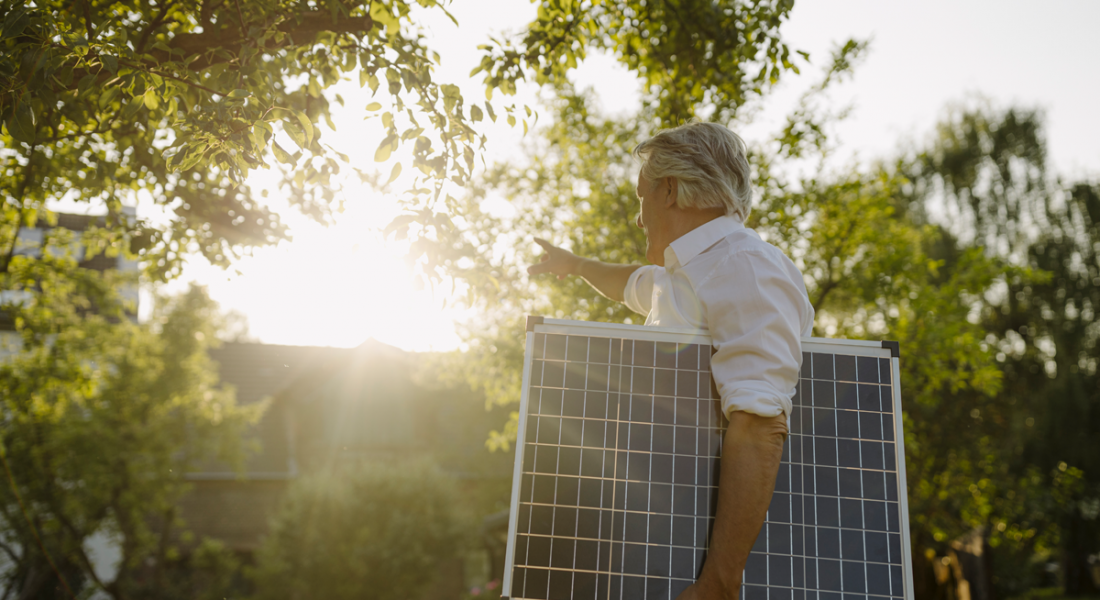The EEG levy goes, the carbon leakage regulation comes

The EEG surcharge is to be abolished on 01.07.2022. An application to BAFA to limit the EEG levy can still be useful, as it also includes the KWKG and offshore levies. The "Ordinance on Measures to Avoid Carbon Leakage through National Fuel Emissions Trading (BEHG Carbon Leakage Ordinance, BECV for short)" has already been adopted. The deadline for both applications is 30.06. - reason enough to get to grips with the changes early.
EEG levy
With an application for the special equalization scheme (BesAR), companies eligible to apply can reduce the EEG surcharge to 15% in the following year under certain conditions. This application also automatically reduces the KWKG and offshore surcharges to 15%. These reductions will remain in place for the 2023 limitation year, even if the EEG surcharge is abolished.
However, the KWKG and offshore surcharges are considerably lower than the EEG surcharge, and so are the potential savings. The figures for 2022:
- EEG levy: 3,723 ct/kWh
- KWKG levy: 0,418 ct/kWh
- Offshore levy: 0,419 ct/kWh
BAFA points out that it is up to each individual company to decide whether or not to apply for BesAR. As this must be submitted by 30.06. at the latest, it is advisable to ask yourself this question at an early stage.
The aforementioned levies are currently settled via the transmission system operators (TSOs). Companies that use the BesAR have so far had to submit a monthly forecast of the quantities of electricity they have consumed and forwarded to the TSOs. On May 31 of each year, they must also submit an annual report with the actual electricity volumes including an auditor's certificate.
If the EEG levy is abolished, the monthly forecasts to the TSOs will no longer be required. All necessary data reports are then already included in the application. If the BesAR is still applied for, the annual report to the TSOs must still be submitted because it forms the basis for the correct billing of the KWKG and offshore surcharges.
Companies that generate electricity themselves only have to pay 40% (or less) of the EEG levy on the electricity they generate and consume themselves. However, if they pass this electricity on to third parties, the full EEG surcharge is due. For this reason, they must report the forwarded electricity volumes to the TSO annually. The deadline for this is also 31.05. If the EEG surcharge is abolished, this report is no longer required.
Conclusion: If the EEG surcharge is abolished, the effort involved in applying for BesAR is reduced, but the savings are also significantly lower. Each company must check for itself whether it is still worth applying. Our BesAR experts will be happy to help you with this.
Carbon Leakage Ordinance (BECV)
Companies with a high consumption of fossil fuels that also belong to a certain sector can apply for aid towards emission costs for the first time from this year. The application deadline here is also 30.06.
The German Emissions Trading Authority (DEHSt) has announced the application guidelines for April 2022, where the applications must also be submitted. Nevertheless, companies should start looking into the issue now. This is because there is relatively little time in April before the application deadline to compile all the necessary documents and have them certified by an auditor.
The sectors to which the regulation applies are listed in the BECV from page 13 onwards. The list is not yet finalized; applications for inclusion of a sector can still be submitted until the end of April 2022. Companies that only become eligible to apply through sectors added at a later date can submit the application retroactively, but no later than three months after the sector in question is announced. Unlike the EEG levy, the application does not relate to the coming year, but to the previous year.
The most important requirements for the approval of an application are
- belonging to a sector listed in the BECV
- the introduction of an energy management system in accordance with ISO 50001 or EMAS by 01.01.2023 at the latest. For companies with a consumption of less than 10 GWh, membership of an energy efficiency or climate protection network is sufficient
- the achievement of a certain emissions intensity. This is calculated from the emissions costs in relation to gross value added (GVA). For the first two application years (2022 and 2023), this value is already set for each sector; companies will only have to determine their individual emissions intensity themselves from 2024 onwards.
Please note: When listing the energy consumption to be subsidized, any quantities that are passed on to third parties and used to generate electricity (e.g. in a CHP unit) must be deducted.
In contrast to the EEG surcharge, aid under the BECV is linked to counter-performance. Companies must reinvest a fixed proportion of the aid in certain measures:
- this is not yet required in the application years 2022 and 2023
- in the application years 2024 and 2025: 50% of the aid
- from application year 2026: 80% of the aid
These can be climate protection or energy efficiency measures resulting from the energy management system. If there are no recommendable measures here, the company does not have to implement anything. The measures must also be economically viable.
Whatever happens, we will support you - and also show you new ways forward.